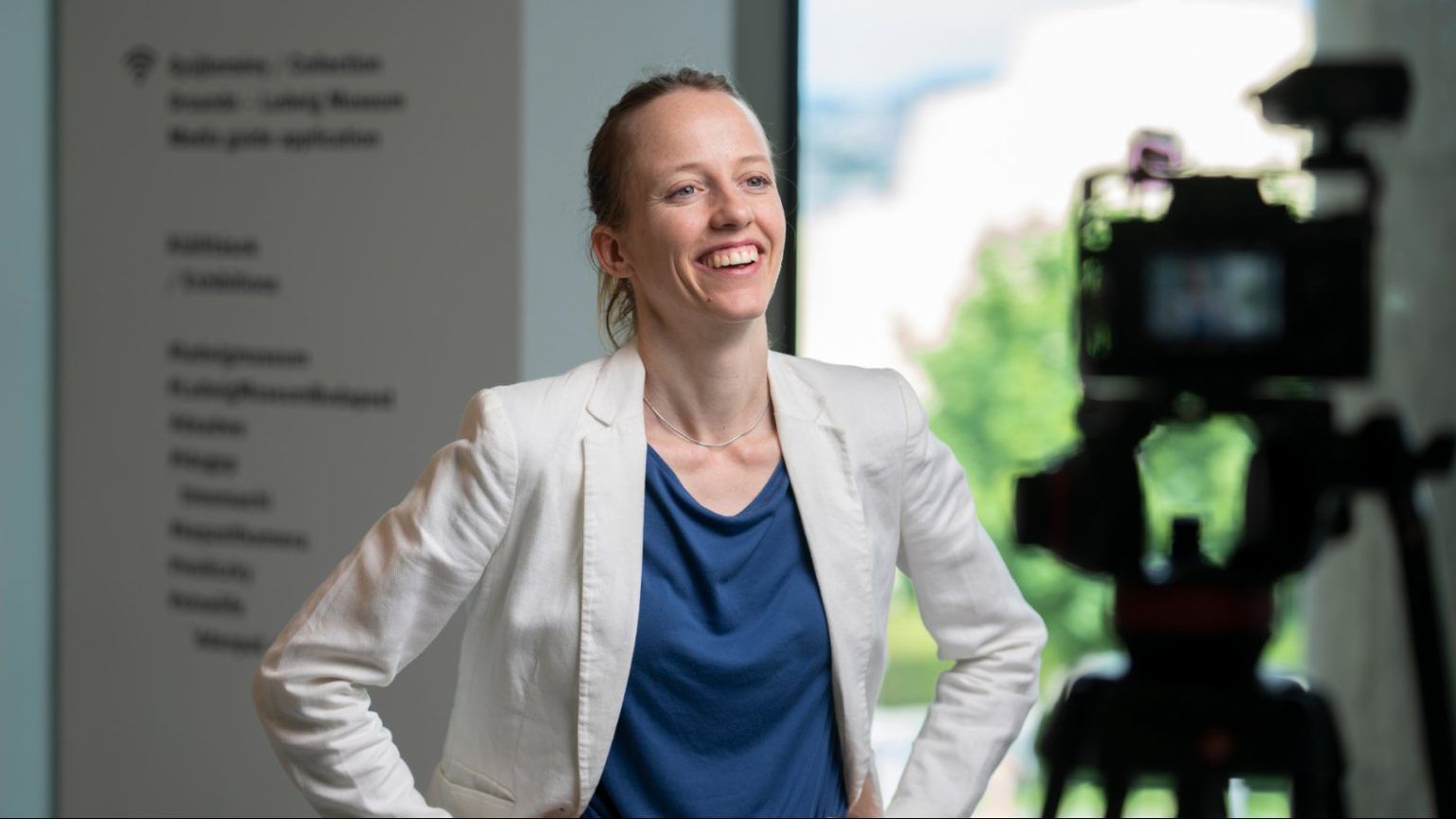
Judit Váradi PHD
Debrecen University Music Department
I will approach the same field from a different segment, my story starts in 2000. While working full-time as a lecturer at the Debrecen University Music Department, I raised the idea in 2000, and luckily I was able to open doors, that I saw so many niches that I wanted to fill with artistic life that I was offered a job as an arts manager. I was very, very keen to show that there are artists in Debrecen, not just artists from Budapest. And at that time, I was approached by primary school singing teachers to help them because the number of singing and music lessons had decreased – I wondered if I could organise youth concerts for children.
That’s how we started our 23-year mission here at the university, a completely unconventional initiative where I do these shows with the students. We do it to a very high standard, because we know very well that children must be shown nothing but the best, because they can tell and take with them even if we have not given them the best experience. We put on three shows a year and I’m very happy that this kind of dedication is reflected in my colleagues: so not all of them are run by me, not all of them are invented by me, but more and more of them are standing up and joining us.
And it is precisely this that ensures that we can show the students different constructions in different ways of thinking, so very, very varied shows, and we tend to repeat a show five or six times. Not more than once – otherwise there would be a demand for it – because we are not a professional ensemble, so a student can be absent three times from his semester course, and if I have already missed two Wednesdays of this, say, with a definite absence, then he can only be ill once during the semester. This is the field I did my doctorate in in 2010 and the subject of my doctoral thesis. At that time, it was not possible to get a doctorate in music education in Hungary, so I had to go all the way to Finland to get it.
I would like to share two very heartwarming experiences with you. One was when one of our graduating students came up to me and asked me if I knew why he became a musician. I had no idea, and he told me that he had seen the instrument he thought he would definitely learn how to play at the youth concert. So at the age of ten the little boy went home and said he wanted to be a music school student. Well, the parents said no way, that’s not how it works. And he pushed and pushed and pushed, for weeks, as he told me, that his dad would put him in the car, stop by the music school or slow down and tell him to go in that door, and he wouldn’t go in with him. And that kid, at ten years old, thought he had to go in there, and he did his own admissions, enrolled, got it done. Of course, Dad was one of our proudest concert-goers, afterwards, when it turned out it was worth doing. So that’s one of my very big success stories, well it’s given me strength for about 10 years.
And the next 10 years of strength came from a letter of enquiry, when we received a very short letter asking us if we would still organise our youth concerts. We wrote back saying of course, and we enclosed the full detailed programme. And then I received a longer letter saying that he was teaching in Kisvárda: I was so lucky that the music teacher from Kisvárda contacted me, that he had grown up with me at these youth concerts and would bring his class from 100 kilometres away, and that actually happened.
In Hungarian higher music education this is still in its infancy, but in Western European universities it is a fully-fledged master’s degree to become a concert teacher. In 2014, concert pedagogy was introduced as a subject in higher music education. It’s a six-month subject, I teach it, we have two hours a week. It is included in all the Universities of Music. Why is it important? Because you need to know how to put together a youth concert. So how it’s structured, what style, what genre, what I can show young people. I think that’s a key question.
Our last research that focused on this in 2018-19 was done just before the covid that split our lives in two. We ran a study in the North Great Plains region on whether children have the opportunity to participate in live arts – not just music! I’ll tell you, 42 percent of children have been to a concert. This was a five-dimensional survey, so we asked not only students, but teachers, parents, school administrators and service providers. But I would also add to the 42% – which is not that bad, but there is a lot of room for improvement – that we then asked how many people liked these events? And there was a much wider spread, we lost almost half of the 42% when we had to answer “did I like or dislike this experience”. Why? Because so many people hold youth concerts without any experience or knowledge and, most importantly, without the programme being properly selected for children. So this is an exclamation mark that we do need to pay attention to.







